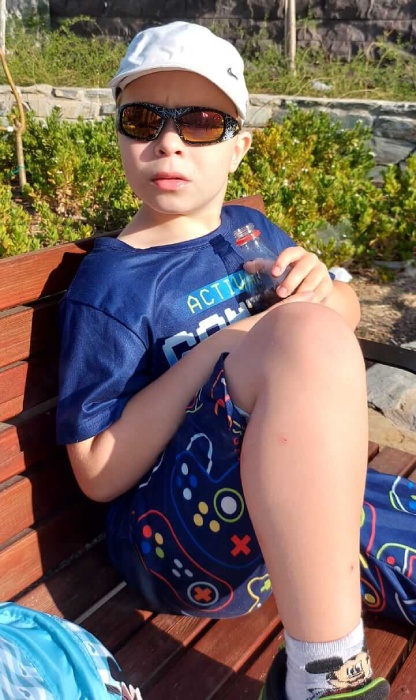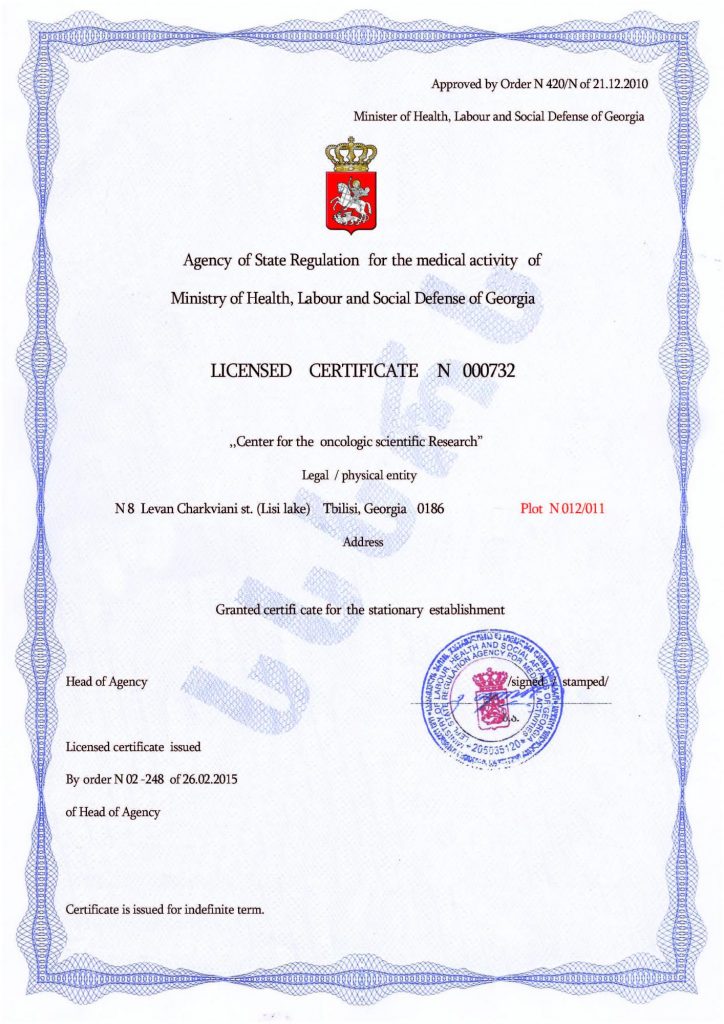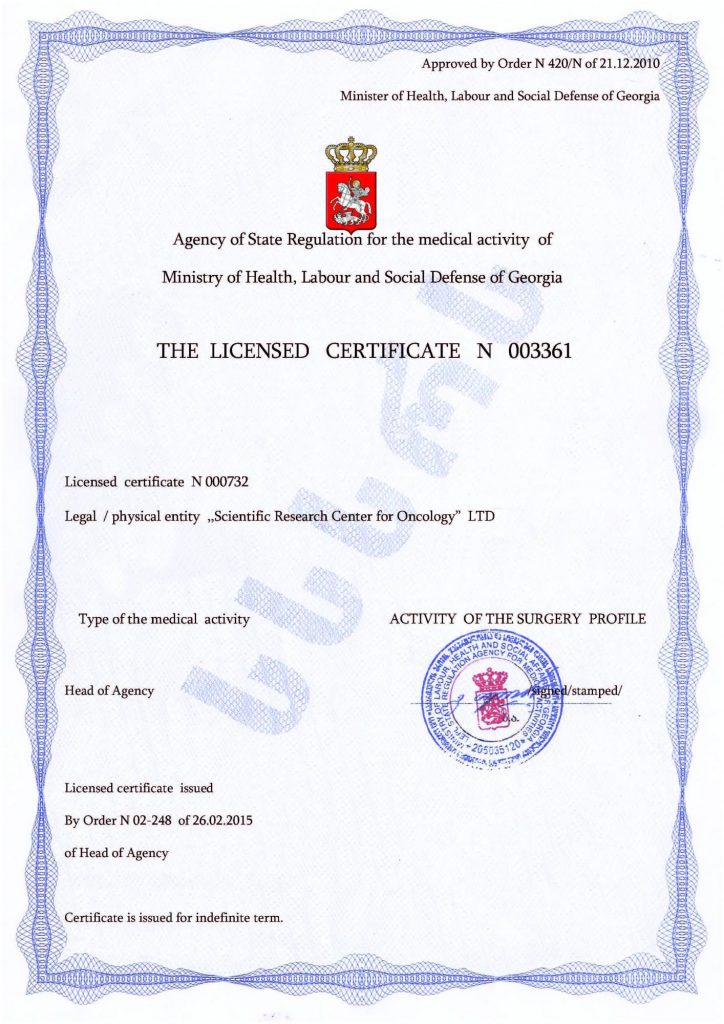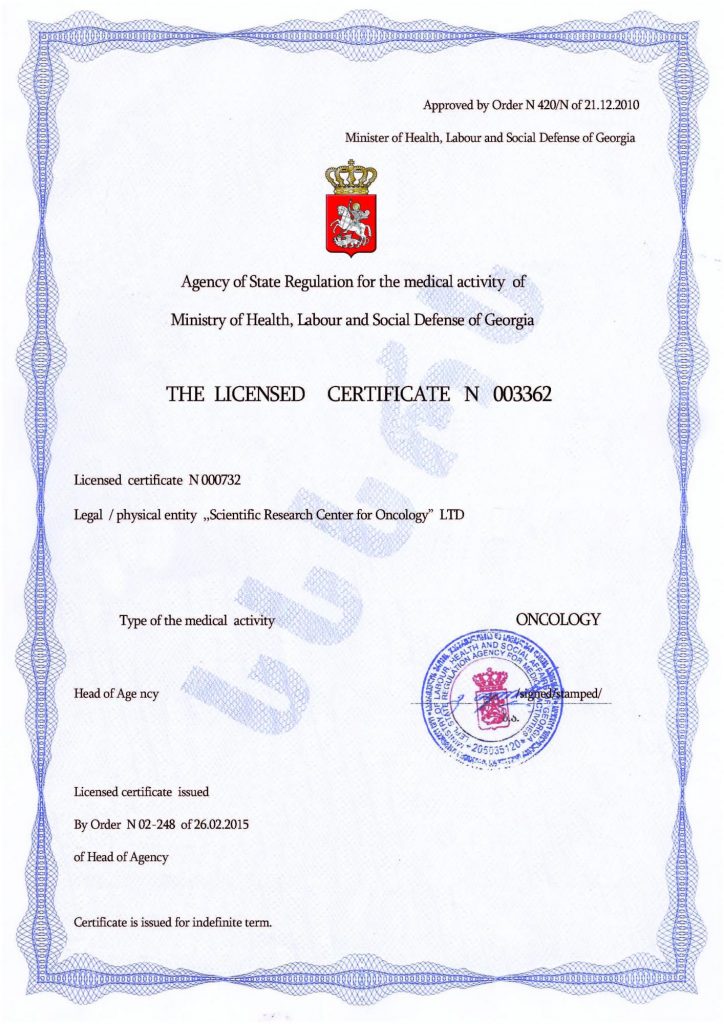Subtle Autism Therapy: Play as a Method
One of the most effective ways to support the development of the autistic brain is through play. It allows children—regardless of their speech or communication level—to better understand emotions and body language. As long as the child is unaware they’re following a predetermined scenario, they’ll continue engaging with what the therapist offers. This makes it possible to overcome challenges more quickly and successfully by applying specific therapeutic approaches.
Typically, play sessions for autistic children are held in safe, comfortable environments that feel secure from the child’s perspective. These spaces encourage self-expression and independent decision-making, helping to reduce anxiety, prevent stress, and minimize emotional instability, including unpredictable behavior.
- How Therapeutic Play Supports Development
Using games in autism therapy helps children improve social skills, develop a desire to interact with others, and work through emotional difficulties. This approach also promotes self-control, helps manage negative emotions and aggression, and can speed up cognitive development—often leading to better academic performance.
- Individual and Group Play Sessions
Therapeutic play can be done one-on-one or in groups. In both formats, the therapist guides the session. Sometimes, structured toys are used according to a set scenario. Other times, children are given more freedom while following basic rules, allowing them to show initiative and leadership. The choice of approach depends on what works best for each individual child.
Creative activities like drawing, building with blocks or Lego, can be alternated with structured games like puzzles or worksheets. This variety allows therapists to observe how children express themselves and communicate during their free time.
- Techniques to Encourage Communication
There are many playful methods to help children become more open and engaged, including:
- Storytelling
- Role-playing
- Using photos and pictures as visual aids
- Puppets, masks, or animal figures
- Drawing
- Playing musical instruments
These activities support emotional development and create opportunities for spontaneous interaction.
- Why Play Therapy Works
Play-based sessions are a gentle way to identify areas where a child may need support. Because the therapeutic aspect is blended into fun activities, children are more engaged and open. These sessions help develop various skills, improve fine motor coordination, and teach appropriate social behavior. In some cases, children begin to show creative talents or become more verbal—even those who previously struggled with speech.
A Broader Solution: Cellular Therapy
While play therapy is highly beneficial, cellular therapy offers a more advanced way to address autism and its symptoms. This innovative and natural approach supports full personality development by targeting behavioral and neurological disorders at the root.
The treatment involves stem cell transplantation. These cells can become any type of tissue in the body. Once introduced, they replace damaged brain cells with healthy ones. This leads to better brain function, more stable emotional and sensory responses, and a noticeable reduction—or even complete elimination—of autism symptoms. These improvements often last for years, and in many cases, are permanent. This strengthens the impact of any additional therapies.
Cellular therapy is already being used successfully in leading clinics worldwide, including the Mardaleishvili Medical Center. Their top-tier medical professionals have extensive experience in stem cell procedures and use cutting-edge equipment. The clinic meets high international standards—often at lower costs than in many other countries.
Patients can also receive help with planning travel, arranging accommodations for rehabilitation, and other logistics.
Complete the feedback form—making real progress against autism is possible.
Autism Treatment Center Videos
Autism treatment with own stem cells
Cord blood association congress
International Quality Crown
Autism Treatment Reviews
Autism treatment with own stem cells
The story of Alessandro (6 years old)
Autism Patient Testimonial - Stem Cell Treatment
Clients Testimonials

Anna – Sasha’s mother Read More

Amirkhon’s father — Tokhir Read More
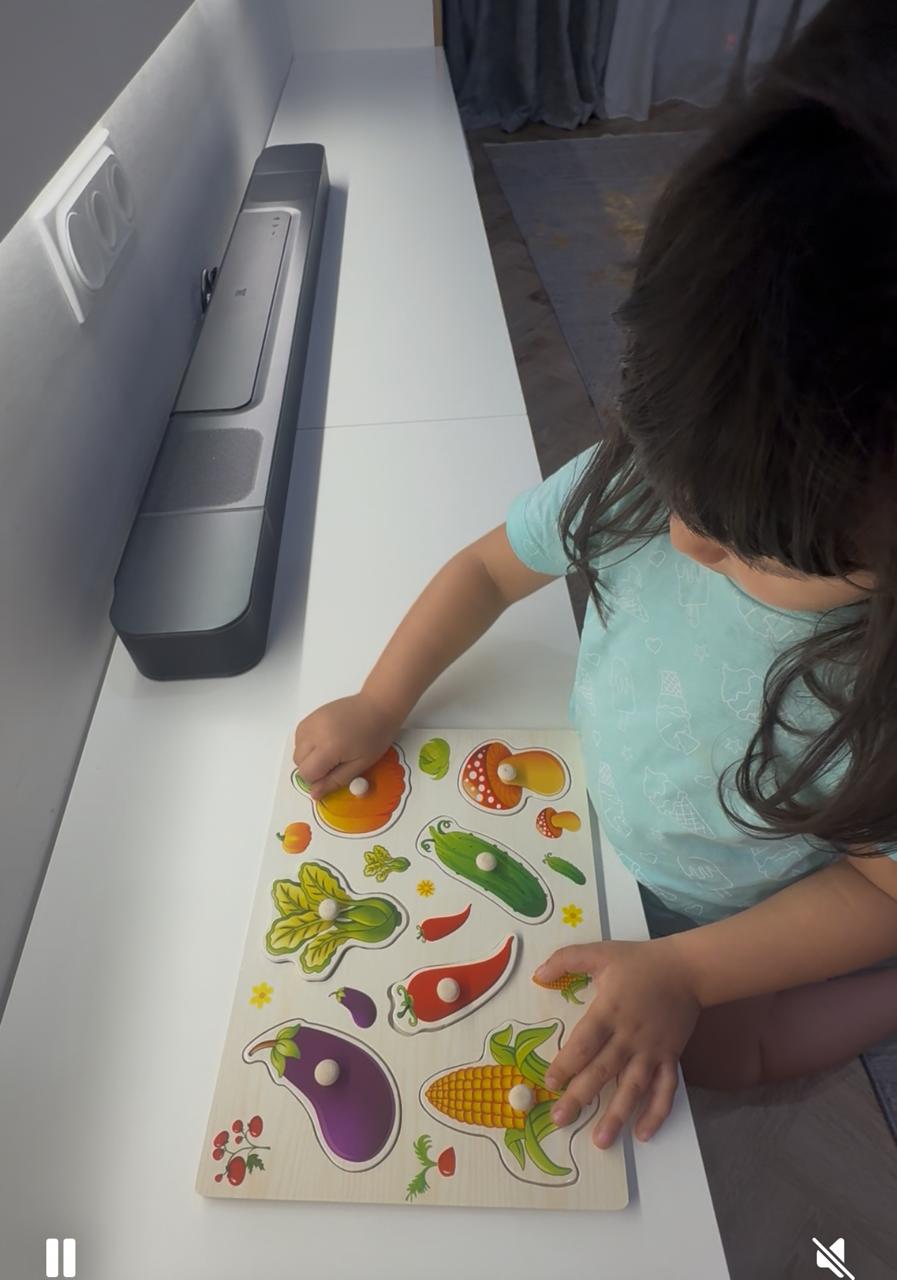
Dilana’s mother Read More
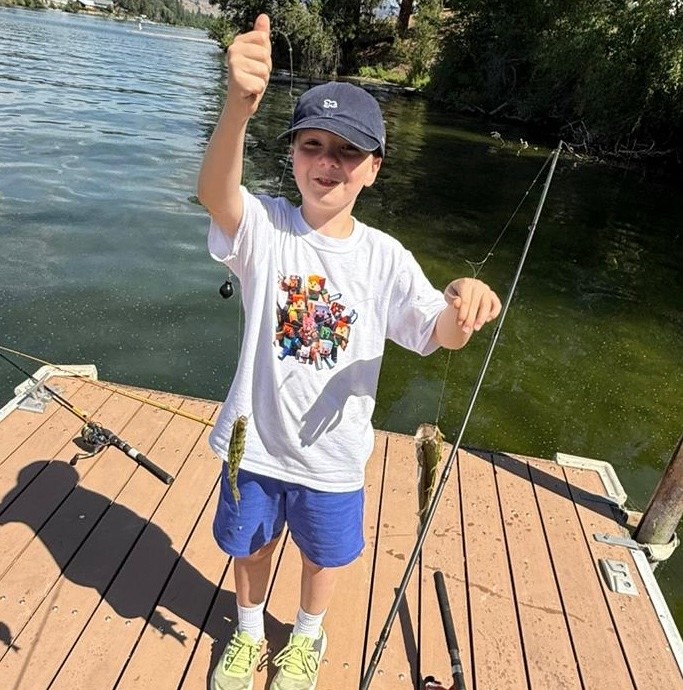
Irina and Stefan – Ilya’s parents Read More
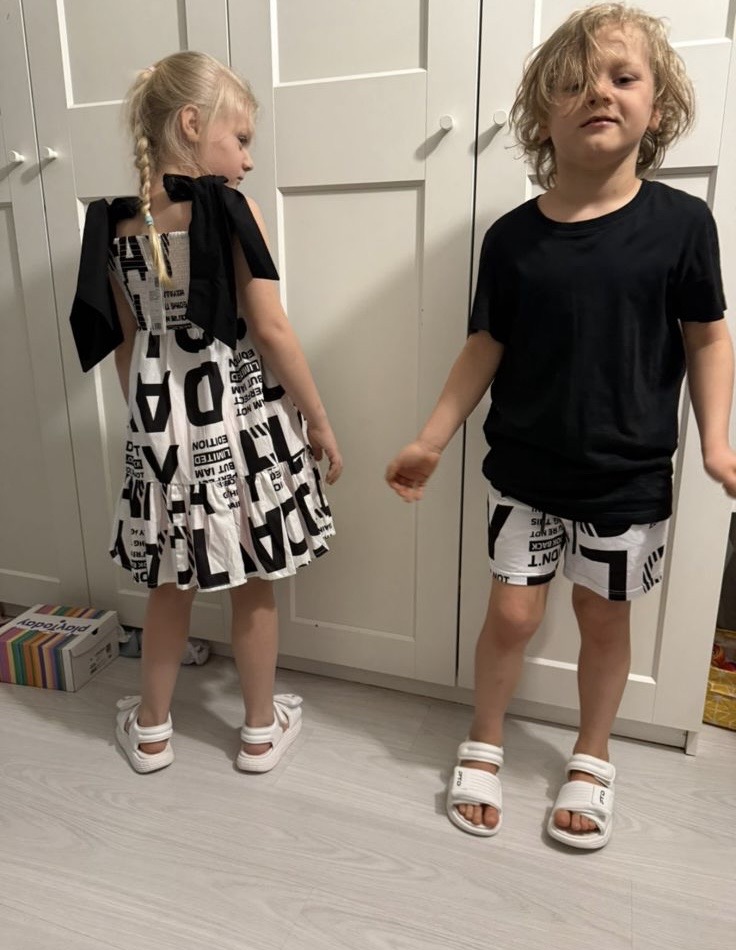
Kristina – mother of Nelly and Nik Read More
